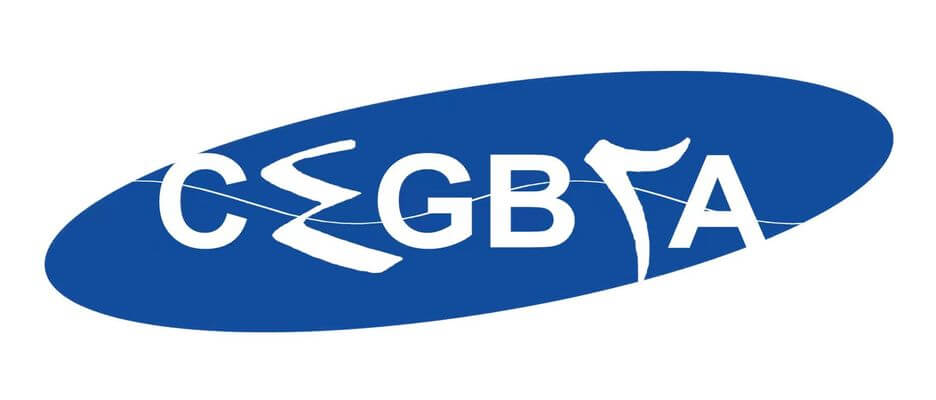Materials and methods
Study sites and species
All work was carried out at the Bolinao Marine Labora- tory (BML) of the University of the Philippines (see map, Online Resource 1). The merulinid corals F. colemani and F. abdita are hermaphroditic broadcast spawners and have been documented to release their gametes during the major coral spawning period in Bolinao between March and May (Vicentuan et al. 2008; Maboloc et al. 2016). Both spe- cies are common on Indo-Pacifc reefs and form massive (F. abdita) or sub-massive (F. colemani) colonies and have
similar characteristics in terms of their reproductive biology (Maboloc et al. 2016). Details of the study species, coral col- lection, spawning and larval culture are described in detail in Online Resource 1.
Settlement of coral larvae and early post‑settlementsurvivorship
To facilitate settlement, rearing and subsequent transplan- tation to the reef, larvae were settled onto coral “plug-ins” (see Guest et al. 2014 for detailed description). Each plug- in comprised a cylindrical cement head (20 mm diameter, 15 mm height, 1492 mm2 surface area) with a polyethylene wall plug (10 mm diameter and 50 mm height) embedded in the base. Plug-ins were biologically conditioned in fow- through seawater tanks for approximately one year, to enable development of CCA and bioflm suitable for induction of settlement (Heyward and Negri 1999). Conditioned plug-ins were cleaned to remove fouling organisms and placed on the bottom of the rearing tanks on the third day post-fertili- sation, when settlement competency rates of the two coral species were more than 90% (for methods and results see Online Resource 1). Plug-ins were left in the rearing tanks for 10 days to allow coral larvae to settle and metamorphose into primary polyps. During this period 50% water changes were conducted daily. To estimate early post-settlement sur- vival rates of settled coral spat, all spat were counted on randomly selected plug-ins at approximately 2, 4, 7, 9 and 11-weeks post-fertilisation. On each survey occasion, six plug-ins were selected at random from each tank and from
each species (n = 18 plug-ins per species). Diferent plug-ins were randomly selected on each occasion to avoid repeated measures.
Ex situ and in situ nurseryphases
After 10 days, all plug-ins containing at least one settled coral spat (n = 2069) were inserted into six square 1-m2 rearing trays consisting of polyethylene mesh (1 cm diam- eter holes) supported by PVC pipe frames. Approximately,
350 plug-ins were inserted per frame and transferred to three aerated 400 L fow-through seawater cement tanks for ex situ rearing. Juvenile herbivorous gastropods (Tro- chus maculatus and T. niloticus) that had been reared three months prior to coral spawning were added to each tank after 2-weeks in order to control algal growth following methods described by Villanueva et al. (2012, 2013).
In May 2010, after 12 months of ex situ rearing, all plug-ins containing a living coral were transferred to an in situ fxed nursery table located at Malilnep chan- nel close to the source site for the colonies (but within a channel protected from strong waves and storms) (Online Resource 1).
Transplantation and monitoring of reared corals
To test the potential for outplanting reared corals on plug- ins, sites were selected based on the following criteria: (a) the two coral species occurred naturally at the sites, (b) coral limestone outcrops suitable for transplantation were present, and (c) the sites were at a similar depth to the donor sites (2 m to 8 m deep). Based on these criteria, three sites within the Bolinao-Anda reef complex at vary- ing distances from the initial donor site were selected Luc- ero (16°24 ʹ45 ʺ N, 119°54 ʹ 15 ʺ E), Marcos (16°18 ʹ0 ʺ N, 120°01 ʹ20 ʺ E) and Caniogan (16°16 ʹ40 ʺ N, 120°00 ʹ40 ʺ E) (Fig. S1).
An initial pilot outplantation was carried out in Octo- ber 2010 (17 months post-fertilisation) with 30 plug-ins from each species at one site (Lucero) to test the attachment method and early survivorship. The pilot outplant proved successful with 83–87% of plug-ins containing a living coral 8-months post-outplant (Online Resource 1). Following the success of this pilot, a larger outplantation was initiated in June 2011 (25-month post-fertilisation) by selecting the 120 plug-ins containing the largest live corals from each species from the in situ nursery for transplantation to the fringing reefs of Lucero, Caniogan and Marcos. At each site, four outcrops (1.5 to 3 m diameter and 2 to 6 m depth) were selected and their locations were mapped. The reef substrate was brushed to remove sediment, algae and other fouling organisms. Twenty holes at least 10 cm apart were drilled on each of the four outcrops using a pneumatic drill attached to a scuba tank, and 10 plug-ins with F. colemani and 10 with F. abdita were deployed on each outcrop (one coral plug-in per hole), resulting in 40 plug-ins of each species at each of the three sites (n = 240 plug-ins in total). The corals were tagged by attaching a stainless-steel label to the base of the coral and the positions of the colonies on each plug-in were mapped. The holes were drilled deep enough to ensure that the cement heads of the coral plug-ins were in contact with the substrate and plug-ins were stabilised with marine epoxy.

